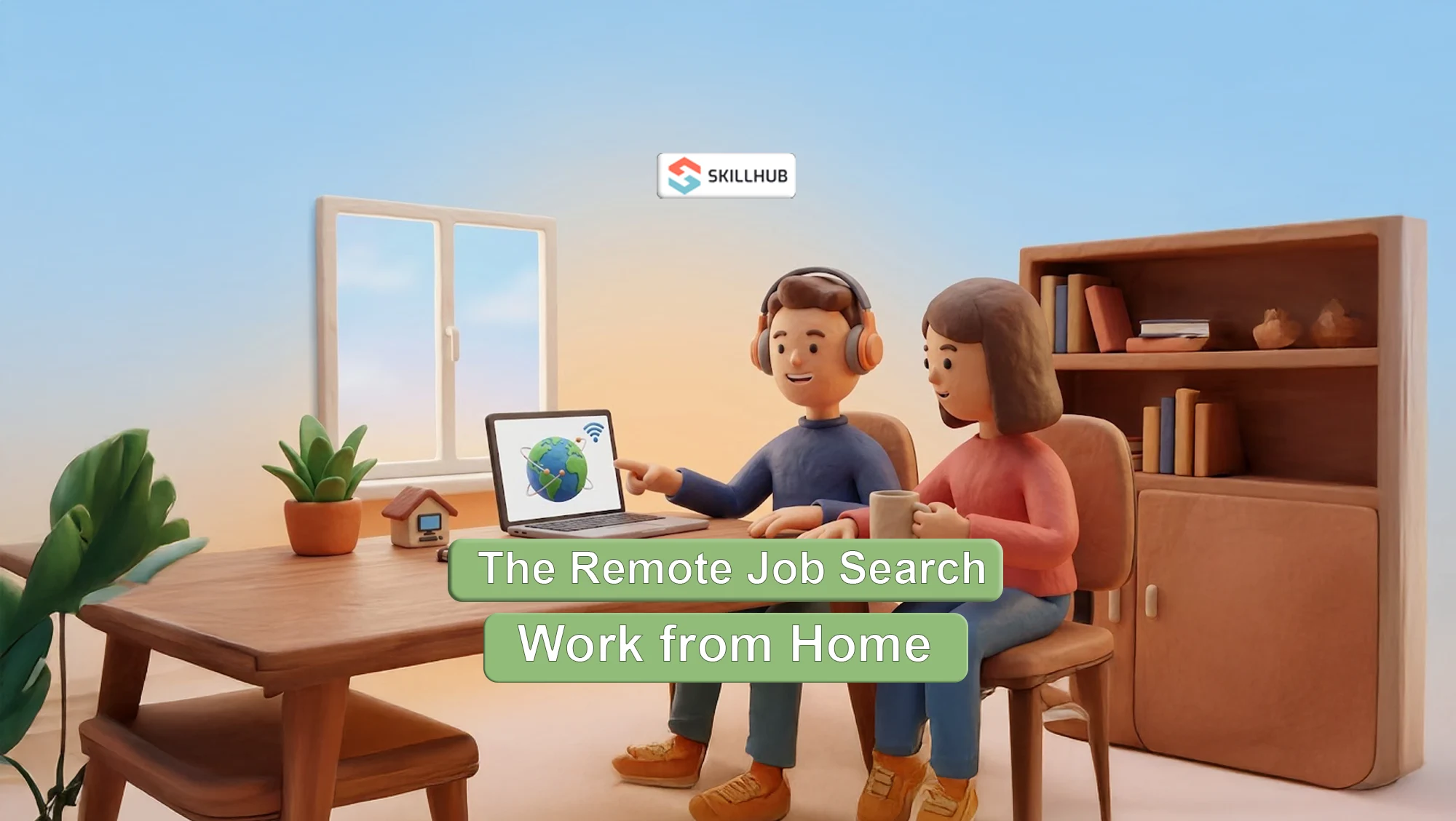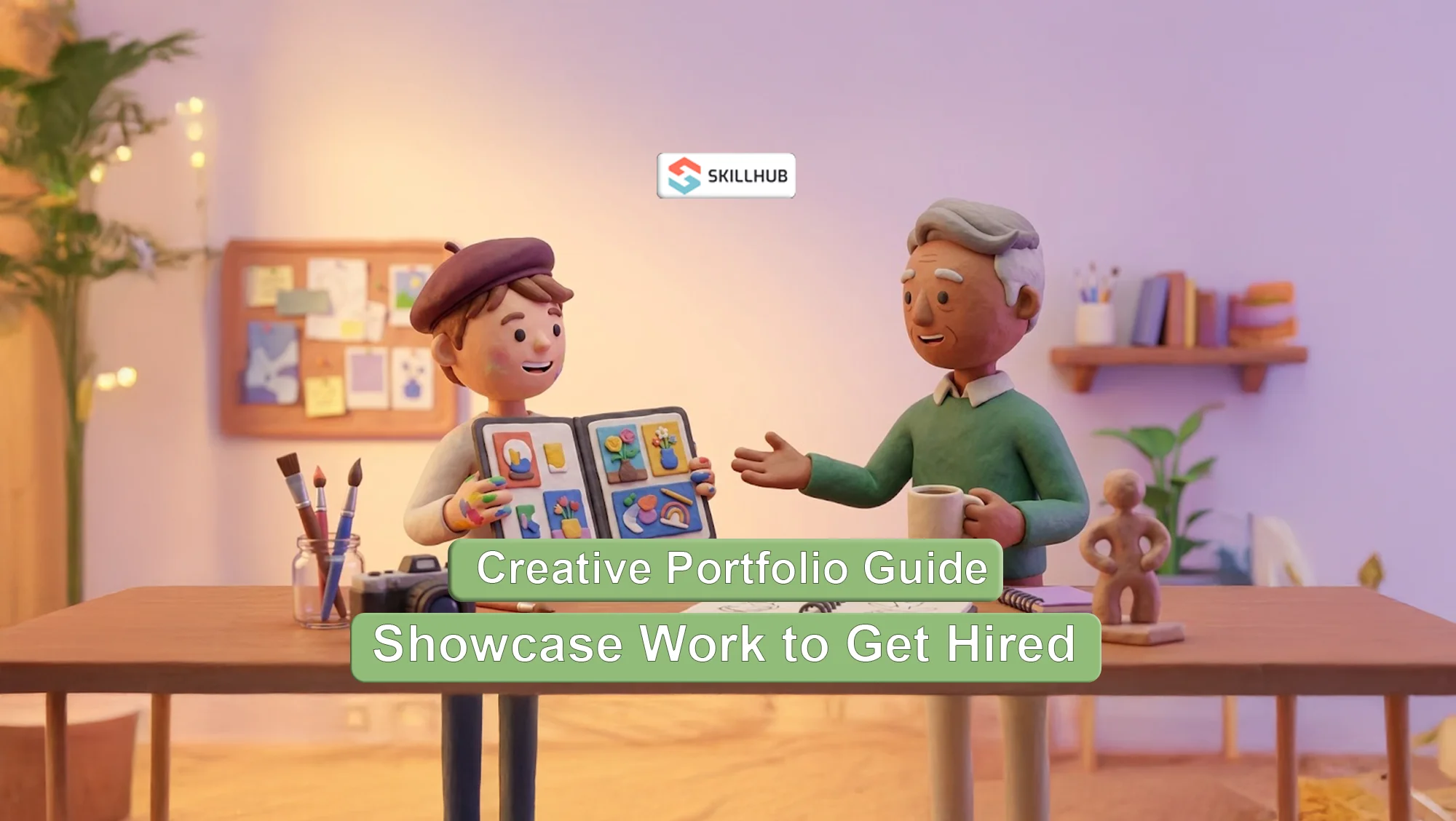How to Start a Freelance Career: A 7-Step Blueprint for Success

The modern freelance economy is not a "gig" or a "side hustle." It is a fundamental, intentional career choice. It is the conscious decision to move from a defined role within someone else's company to becoming the CEO of your own "Business-of-One." This transition is about far more than simply finding project-based work; it's about seizing total ownership of your professional destiny, your income potential, and your work-life balance.
However, this freedom comes with a significant trade-off. Success is not guaranteed. The vast majority of new freelancers fail within their first year, not because they lack talent, but because they are unprepared for the single most critical aspect of this transition: a successful freelancer is not just a technician; they are a business owner.
This guide is not a collection of tips. It is a rigorous, 7-step business plan. We will provide the operational blueprint to move from "employee" to "entrepreneur," enabling you to build a sustainable, profitable, and fulfilling freelance career.
The Foundational Mindset Shift: From "Employee" to "Business Owner"
This is the most important step. If you do not get this right, you will fail. As an employee, you are paid to focus on a task. Your company's infrastructure handles everything else sales, marketing, legal, accounting, and strategy. When you become a freelancer, you are the infrastructure.
Your new job title is CEO, and your responsibilities now include:
- Chief Marketing Officer: Defining your brand and finding new clients.
- Chief Financial Officer: Setting prices, sending invoices, managing cash flow, and paying taxes.
- Chief Sales Officer: Writing proposals and closing deals.
- Chief Legal Officer: Managing contracts and protecting your business.
- ...and, finally, the Technician who actually does the work.
This is a profound psychological shift. You are no longer paid for your time; you are paid for the value you create. This is the core difference between freelance vs. full-time work.
The 7-Step Blueprint for a Successful Freelance Career
Follow this business plan to build your "Business-of-One" on a solid foundation.
Step 1: Define Your "Niche" (Your Profitable Superpower)
The single biggest mistake new freelancers make is being a "jack-of-all-trades." They say, "I'm a writer" or "I'm a designer." This is a path to low-paying, high-competition gigs on platforms like Fiverr. You must specialize.
A niche is the intersection of three things:
- What you are an expert in: (e.g., "I have 10 years of experience in B2B software.")
- What the market will pay for: (e.g., "B2B SaaS companies are desperate for content marketing.")
- What you enjoy doing: (e.g., "I enjoy writing long-form, technical articles.")
Your niche is not: "I'm a writer."
Your niche is: "I am a long-form content writer specializing in the B2B SaaS industry, helping companies turn complex technical features into compelling stories for their blogs."
This specific, niche positioning allows you to charge premium rates because you are no longer a commodity. You are a specialist, a rare and valuable expert.
Step 2: Define Your Services and Pricing Model
Once you have your niche, you must "productize" your skills. Do not just sell "time." Sell clear, packaged outcomes.
- Hourly (The Beginner Trap): "I charge $50/hour." This is the worst model. It punishes you for being fast and efficient. It forces you to track every minute and constantly justify your time to the client.
- Project-Based (Better): "A 5-page website design is $5,000." This is a good start. You are paid for the deliverable, not the time. You are rewarded for efficiency.
- Value-Based / Retainer (The Expert Goal): "My monthly content strategy retainer is $4,000." This is the gold standard. You are paid a recurring fee for your strategic value and ongoing partnership. This creates predictable, recurring revenue, which is the key to a stable freelance business.
Always price based on the value to the client, not the cost to you.
Step 3: Build Your "Minimum Viable Brand"
You do not need a $10,000 logo and website to start. You need a simple, professional "Minimum Viable Brand." This consists of three things:
- A Professional Headshot: Non-negotiable.
- A Clear LinkedIn Headline: Use your niche from Step 1 (e.g., "Freelance UX/UI Designer for FinTech & Crypto Startups").
- A Coherent Biography: A 100-word bio you can use on your website, LinkedIn, and in proposals.
This is the foundation of how to build your personal brand. It must be consistent everywhere.
Step 4: Create Your "Client-Generating" Portfolio & Resume
You need proof of your skills. "But I don't have any clients, so I don't have a portfolio!" This is a common excuse. The solution: create your own experience.
- Create Spec Projects: If you're a designer, redesign the homepage of a brand you admire. If you're a writer, write three speculative blog posts for your target industry. If you're a data analyst, download a public dataset and create a compelling analysis.
- This shows initiative, not just skill.
Your freelance resume is also different. It should be a hybrid or functional resume, not a chronological one. It should de-emphasize "Job Titles" and emphasize "Key Projects" and a robust "Skills" section. This is where you showcase all your relevant hard skills to prove you are ready for project-based work.
Step 5: The Legal & Financial Foundation (The "Boring" but Critical Step)
This is the step everyone skips, and it's the one that can destroy your business.
- Get Legal: Register your business (as a Sole Proprietorship, LLC, or your local equivalent). It's simpler than you think.
- Get a Contract: Never, ever, ever do work without a signed contract. Find a simple, one-page template online. It must outline: Scope of Work, Deliverables, Timeline, and Payment Terms.
- Get Paid: Set up a simple invoicing system (like Wave, FreshBooks, or even PayPal) and a separate bank account for your business. If your outreach targets international clients, using a Currency Conversion API helps you quote consistent, real-time prices regardless of currency changes.
New freelancers are so excited to get a 'yes' that they skip the contract. This is a fatal error. A contract is not a sign of mistrust; it is a tool for clarity. It protects you, it protects the client, and it turns a vague conversation into a professional agreement. Do not start work until it is signed.
Step 6: Your First 3 Clients (The "Go-to-Market" Strategy)
Now, you are ready to find clients.
- Strategy 1: The "Warm" Network (Highest Success Rate): Contact your former colleagues, bosses, and professional acquaintances. Send them a polite note: "Hi [Name], I've just launched my freelance practice specializing in [Your Niche]. As you know my work in [Skill] from our time at [Company], I was wondering if you or anyone in your network might be in need of [Your Service]."
- Strategy 2: "Warm" Cold Outreach (The Scalable Method): Find 50 ideal clients on LinkedIn. Send them a personalized message. Do not sell. Offer value. "Hi [Name], I've been following your work at [Company] and was impressed by [Specific Thing]. I'm a specialist in [Your Niche] and had a few thoughts on how you could improve [Specific Problem]. No strings attached."
- Strategy 3: The Platforms (The "Quick Start"): Sites like Upwork or Toptal can be good for building a portfolio, but they are a high-competition, low-margin environment. Use them to get your first freelance jobs and then move your clients "off-platform" to a direct relationship.
Step 7: Scaling: From Freelancer to Business
After 6-12 months, you will hit a new ceiling. You will have too much work and not enough time. Now, you must evolve from "Technician" to "Strategist."
- Raise Your Prices: You are now in demand. Raise your rates by 25-50% for all new clients.
- Fire Your "Bad" Clients: Politely end relationships with clients who pay late, disrespect your time, or are low-profit. This frees you up for high-value work.
- Hire Help: The final step is to hire subcontractors or other freelancers to handle the execution, while you focus on strategy and client relationships. This is how you scale.
The Expertise Barrier: Selling Yourself is Harder Than Doing the Work
Here is the truth: the world is full of talented writers, designers, and coders who are broke. The most successful freelancers are not necessarily the most talented; they are the best marketers and salespeople.
This is the hardest part for many creatives. They hate "selling." They feel awkward. They don't know how to write a compelling biography or a proposal that doesn't sound desperate. They know they are good at their craft, but they are terrible at communicating their value. This is the barrier that separates the struggling "gig worker" from the thriving freelance CEO.
Conclusion: You Are the CEO of Your Own Career
Starting a freelance career is the ultimate act of professional ownership. It is a decision to build your own table instead of asking for a seat at someone else's. It is terrifying, it is difficult, and it is more work than you can imagine. But it is also the only path to true, unadulterated control over your financial and personal destiny. It is not a job; it is a business. Treat it with the seriousness it deserves, and it will reward you beyond your wildest expectations.
Ready to build the powerful, client-attracting brand that your freelance business deserves? Consult with a Skillhub expert today to craft the bio, resume, and LinkedIn profile that will become your most powerful sales tool.
%20(1).png)



%20(1).webp)